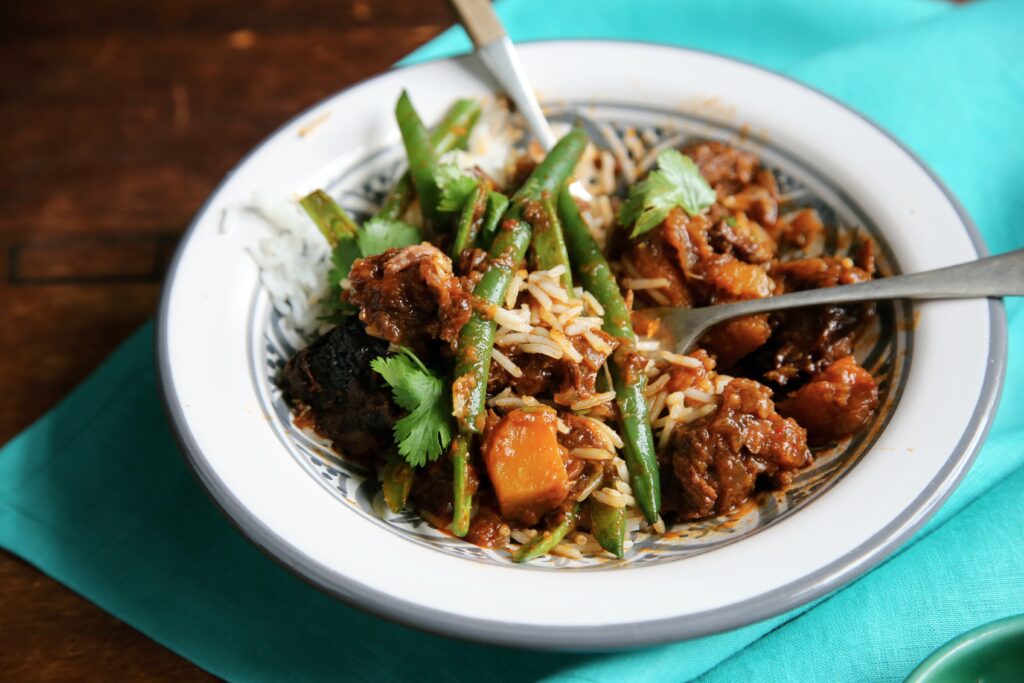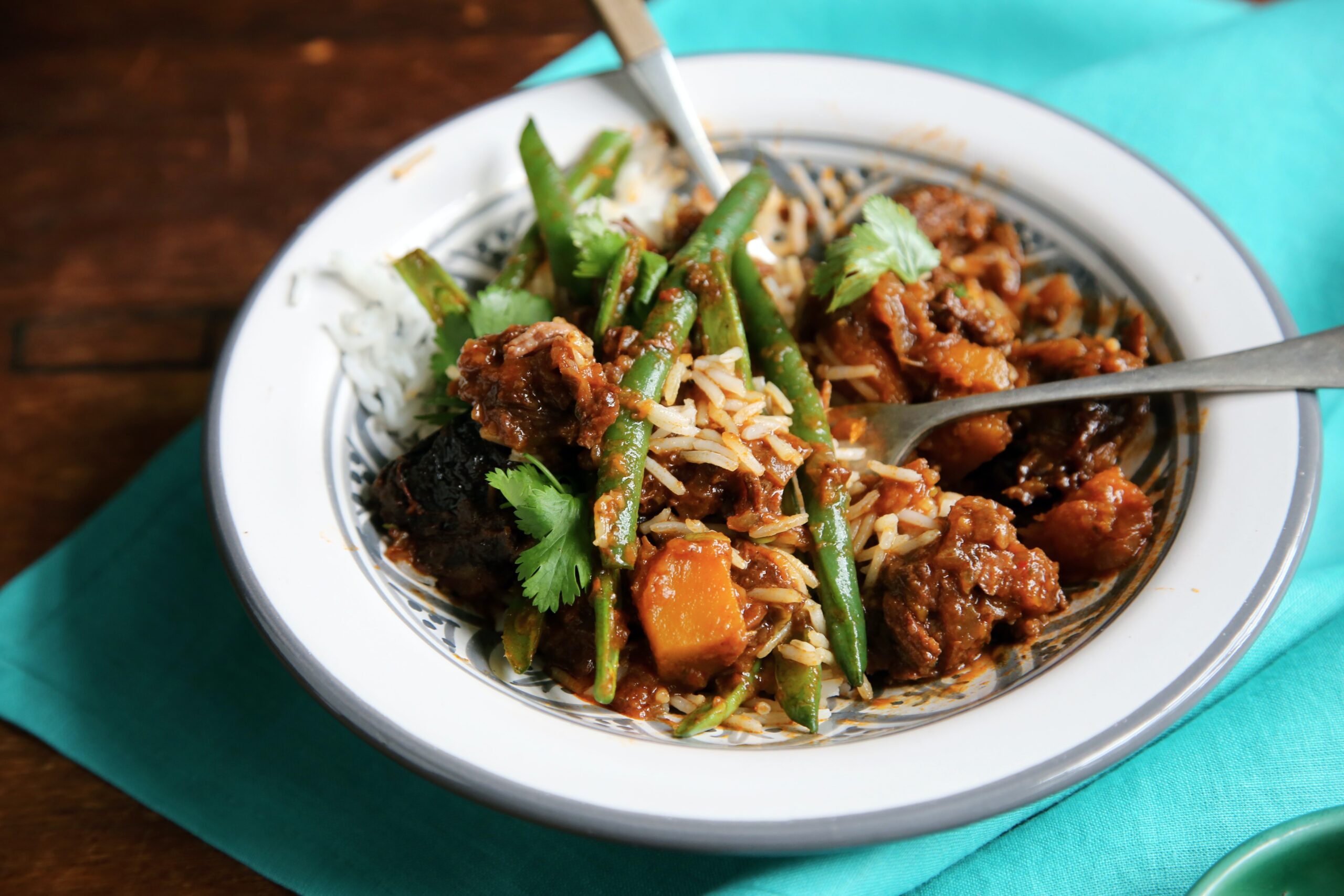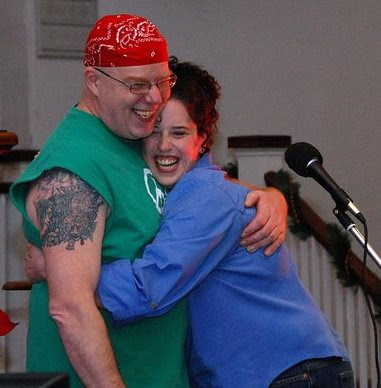Disclaimer: This post is about my own experience only and information I have learned. intermittent fasting may not be safe or suitable for you, especially if you have any medical conditions. Please consult with your doctor.

My intermittent fasting journey began one year ago today.
I knew nothing about intermittent fasting (also referred to as IF) until a friend of mine, who also has Sjogren’s (an autoimmune disease), posted about it on Facebook. Since starting IF, she had seen changes to her body and improvement in some of her Sjogren’s symptoms. I messaged her and she pointed me in the right direction to get started.
My friend told me about a book, and a corresponding Facebook group, that she found very helpful in learning about IF. That book is Delay, Don’t Deny: Living An Intermittent Fasting Lifestyle by Gin Stephens and it has honestly been one of the most life-changing books I have ever read.
I started doing some research and to be honest, I was skeptical about this whole fasting thing and the claims that were being made about what it could do for your body. Coincidentally, at the same time, I found out about a one hour seminar about IF that was taking place at Massachusetts General Hospital, which is where several of my specialists are and the seminar happened to be right after an appointment I had that day.
I made a point of reading as much of Delay, Don’t Deny as I could before the seminar so I could better understand the mechanisms of how this eating plan worked. Sure enough, the seminar, which was being put on by the weight management department at Mass General, told me a lot of the same information as the book did. There had to be something to this. An important point I would like to make here is that I did discuss IF with two different specialists, who have known me for a while, and they were both on board with it.
I joined the Facebook group that my friend recommended and I was shocked at some of the results I was seeing online; not just weight loss results, but health benefits as well. At this point, my weight was the highest it had been since I met my husband 9 years prior and I was struggling not only with the joint and muscle pain that comes with Sjogren’s, but the associated complications such as irritable bowel syndrome, reflux, and the overall general inflammation that comes with an autoimmune illness. In addition, I have a history of struggling with sugar addiction and polycystic ovarian syndrome.
So what is intermittent fasting?
Many people have the misconception that it is starving yourself or that if you fast, it must only be for religious reasons or because you have an eating disorder. But, intermittent fasting is just that, intermittent. It is a way of eating that is targeted towards changing your metabolism so that you lose fat, retain muscle, and stop damaging your metabolic system with yo-yo dieting.
When we are constantly eating meals and snacks throughout the day, our metabolism is constantly on the go. This food intake also includes all substances we put in our body meaning that it is not just food; it is also all those drinks and mocha latte whatever they are called coffees we drive through to pick up on our way to work or school.
What does this do to the body? It causes our body to constantly produce insulin, often much more than we need. These high insulin levels then result in preventing our bodies from burning our fat stores and continue to keep adding to those fat stores. More insulin production=more fat.
When we fast for a certain period of time (the time depends on many factors), our body does not produce those large amounts of insulin, the glycogen (which is stored glucose) in our liver starts getting used up for fuel and after a period of time, once it is depleted, our body starts using the stored fat for energy instead. Using that stored fat can lead to weight loss and improvement in health for some people.
My explanation here of how IF works is very simplistic. While I understand a lot more of the science behind IF, there are a TON of resources online and in bookstores that provide a better explanation than I can. I highly encourage you to do your own research and talk to your doctor. I found the book I previously mentioned, Delay, Don’t Deny and Gin Stephens’s second book, Fast. Feast. Repeat very helpful, especially since the second book dives more into the science of IF.
Some of the possible benefits of IF are:
- Decreased inflammation
- Weight loss
- Cardiovascular benefits
- Straightens out hunger hormones
- Helps with metabolic syndrome/PCOS
- Improves brain health
And, the list goes on and on. These are not just random benefits that somebody came up with. There is actual scientific research on the positive effects of IF on the body and I encourage you to check out some of the studies done on the benefit of IF on autoimmunity, as well as other medical disorders.
So the big question I get a lot about IF is:
How do you do IF? That is a very loaded question because there is no one way to do IF. There are multiple ways to follow an IF program. I would say the only exception to that statement is that you must do it CLEAN! Fasting clean means that when you are in your fasting stage, you should only take in the following things: medications, black coffee, plain tea (plain means no flavoring at all), and water. That’s it. Anything else can release the production of insulin during your fast and you don’t want that!
Like I mentioned, IF can be done a variety of ways, all of which are explained in the two books I mentioned and on various online resources. Some people fast every single day for various periods of time, some fast every other day, and others only fast for a certain number of days per week. The goal is to find what works best for your body and that does take some trial and error.
When I initially started IF, I only fasted 12 hours a day for the first few days and gradually increased my time. I did get headaches and hunger pains in the beginning. I would say that the first two weeks were the hardest. It took me about two months to sit back and say that this was right for me and that I could (and wanted to) do it for the long haul.
I fast every single day, typically for a minimum of 16 hours, but I average anywhere between 16-22 hours a day. My average is 18 hours a day. I never aim for over 20 hours, but since I have been doing this for a while now, sometimes I’m not hungry and when I check my app, I realize it has been 21 or 22 hours since I’ve eaten. That is a rare occurrence though.
I have done this for a straight year, even on holidays. I choose to fast every day because I have multiple medical issues and I am on a list of medications, some of which can damage my stomach, so I have to eat every day and make sure my doctors remember that I am doing IF. One exception to my 16-22 hours is when I am on antibiotics, steroids, or temporarily have to take a medication that must be taken with food; then I drop my fasts to 12-14 hours a day.
With IF, you can also choose when you eat, which is especially helpful for shift workers. My IF schedule is rarely exactly the same. That being said, I do tend to start fasting around 4-6pm on weekdays and then don’t have anything, except water or green tea, until around 11-12 the following day. This schedule makes me feel my best. Often it means that during the week, I cook dinner, eat early and then sit with my husband while he eats after work. Other times we eat together. I have that flexibility because it’s just the two of us.
On weekends, fasts are typically shorter and/or they start earlier/end later as my husband is home and we’re usually together. That’s the beauty of it though…IF can be altered to fit your lifestyle.
In the year that I have been doing IF, despite a pandemic, some rounds of steroids, a family crisis and many other stressors, I have managed to lose 30 lbs. I think that while most of my fasts were clean, meaning I didn’t take anything in during fasting times, my diet has not been as clean as I would like it to have been in regards to what type of foods I have eaten. But, I’m doing the best I can right now and I am working on improving that area of my life.
I also started taking measurements last February because I know the scale doesn’t always tell the whole story and that can be especially true for people who do intermittent fasting. I took measurements of my hips, waist, bust, and underbust. I didn’t bother with my legs and arms because they don’t hold most of my fat. In total, I lost 14 inches this past year and I can tell the difference by how my clothes fit.
Most importantly, I have several symptoms that I feel IF has improved including reflux, irritable bowel syndrome, and migraines. When I am fasting consistently for 18-19 hours a day, I have ZERO food cravings, and that includes sugar. I have had these cravings for as long as I can remember and there is such a freedom in not having them anymore. When I was doing 12 hour fasts because of a 2 week course of a potent antibiotic, the cravings came back and as soon as I had a few weeks under my belt of the longer fasts, ther cravings went away. I have also experienced that it is easier for me to exercise when I am around the 15-16 hour mark of my daily fast.
I have tried every possible eating plan to not only lose weight, but more importantly, to improve my health and I strongly believe that intermittent fasting is one of the most important tools in achieving my goals. Like I mentioned at the beginning of this article, it may not be suitable for everyone and I don’t believe it is a cure all for autoimmune diseases. I don’t believe anything is. However, it is a very powerful tool on the path to wellness. If you have any questions about IF, please feel free to ask them in the comment section below.
Be well.




